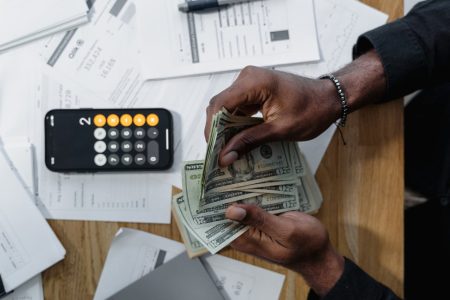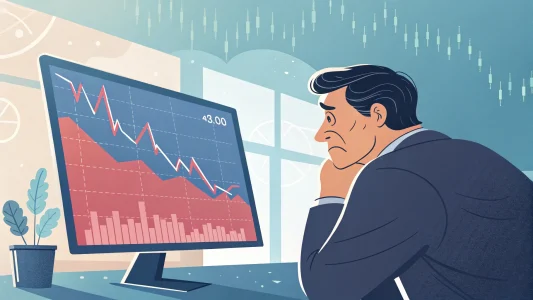If you want to stop dipping into your emergency fund for non-emergencies or avoid coming up short month after month with little left over to fund your goals, here are some strategies to implement if you tend to not have much money leftover at the end of the month.
Table of Contents
Toggle3 Tips to Save Money for a Rainy Day or Fund Other Goals
1. Define what emergency means to you.
Many personal finance experts will tell you time and time again to have money in savings just in case something goes wrong. One person’s emergency might seem like another person’s splurge. I think people think of it as extra money like how a slush fund and don’t clearly define how to use it. It’s fine to leave extra money in your account if a bill is a little higher than expected or for any other expense that might cost a little more than you thought. You can even leave a cushion in your account for this reason.
This is very different from an emergency fund which is customary used for a job loss, an unexpected trip to the hospital, a flat tire or any other time major unanticipated expense comes your way. It’s money you set aside in advance so you have to rely on credit cards or any type of loans.
To avoid having a loose definition of an emergency fund, Charles C. Scott, Founder of Pelleton Capital Management at PelletonCapital.com believes that people need to clarify what “emergency” fund really means to them. Scott suggests making a list of what constitutes an “emergency”. He recommends sticking to that list when something bad occurs. Scott notes, “Is it that the hot water heater blew up or is it the big screen TV that’s on sale at Costco? Which one is on the list of ‘emergency’ reasons to tap into the fund that’s been established?” Doing this will clear up any confusion about what funds are suppose to be used for when the time comes.
2. Safeguard your paycheck.
Spacing out how much money is available in your check account can make all the difference in how it is spent. Allotting how much money you need to pay your bills can help ensure that you’ll have enough money to cover them when the time comes.
Ty Hodges, CFP® at ccwmgmt.com says after creating a budget to check in on your cash flow, he pinpoints what amount of money should be left over at the end of the month. He explains, “This way clients can capture these ‘lost’ dollars to fund goals like an emergency fund or have money left over for a vacation.”
3. Use checking for monthly expenses
A checking account can feel like Grand Central Station for paying expenses. We use it to cover our bills, withdraw money from the ATM, etc. We do this so much so that we tend to only think of it for spending purposes and forget to put some of it away to fund our goals. For this reason, Hodges says it’s wise to begin re-directing your employer’s direct deposit to a separate savings account instead of checking. This is a money trick that can protect you from yourself.
Based on budget assumptions, automatically transferring the amount needed to cover estimated monthly expenses each month to checking on a set date is key. Hodges adds, “This minor 2 step redirection of their paycheck acts as a gatekeeper and guardian for those extra dollars.” It’s just up to the client to use that extra savings to fund their goals which can be challenging.
The Bottom Line
Getting clear about what an emergency fund is used for can prevent you from depleting it for any random reason. You can also put your paycheck in a savings account and transfer out what you can use for monthly expenses. The remaining money in savings can help you build up a cushion or funds goals with a little effort and planning.














